

Ben Zachariah
Video: Off-road battle for Beer O’Clock Hill has automakers scrambling
12 Hours Ago

News Editor
Kia’s massive expansion of its electric vehicle line-up will include two SUVs.
The Korean Car Blog reports the first of these to launch will be a model somewhere between the Soul and Seltos in size, set for launch sometime in 2022.
It’ll reportedly measure around 4.3m in length. A Seltos measures 4370mm long, but the EV SUV may offer interior space comparable to the upcoming, larger Sportage due to its skateboard chassis.

It could wear the EV4 or EV5 nameplates and will use the new E-GMP architecture, designed from the ground-up for use by electric vehicles only.
That’ll make it fairly unique for now, with most small electric SUVs currently based off internal combustion engine platforms.

Also riding the E-GMP architecture will be a flagship electric SUV, sized similarly to the Hyundai Palisade and Kia Telluride and reportedly set for a launch in 2023 or 2024.
That’ll make it Kia’s counterpart to the Ioniq 7 from sister brand Hyundai, which has been confirmed for a 2024 launch.
It could wear either the EV7 or EV8 nameplate.

Carscoops recently reported the six- or seven-seat Ioniq 7 (above, centre) will use a 100kWh battery pack, with Hyundai targeting a range of more than 483km.
It’ll also offer a dual-motor all-wheel drive layout with 230kW of power.
We have seen differences already between Hyundai and Kia’s EV products, however, with the Kia EV6 featuring a larger optional battery than its Hyundai Ioniq 5 counterpart.
The EV6 will also come in a high-performance, all-wheel drive GT trim with 430kW and 740Nm, or 205kW and 135Nm more than the most powerful Ioniq 5 yet revealed.
Kia isn’t just rolling out SUVs and vaguely crossover-esque models like the EV6.
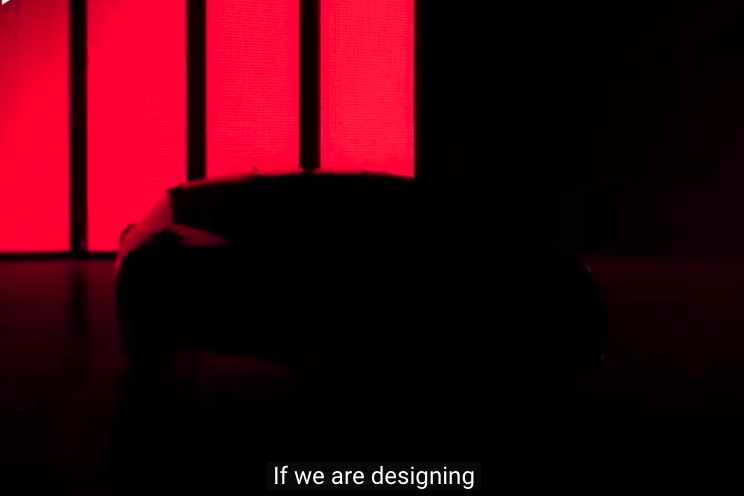
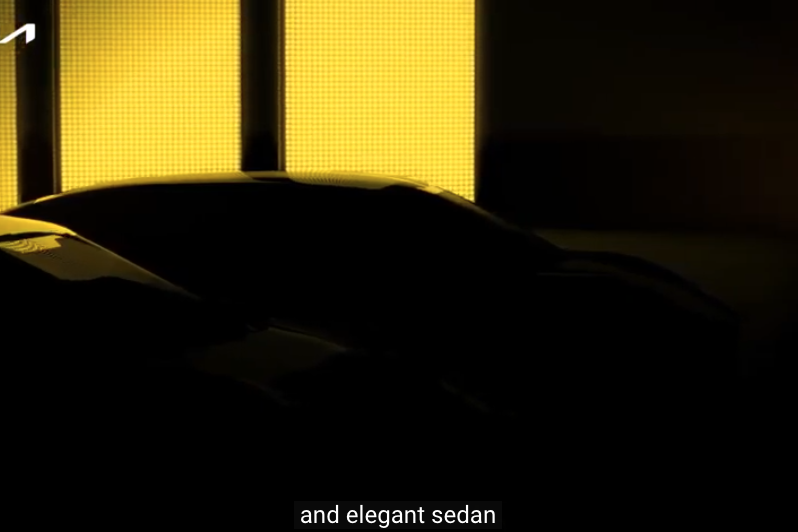
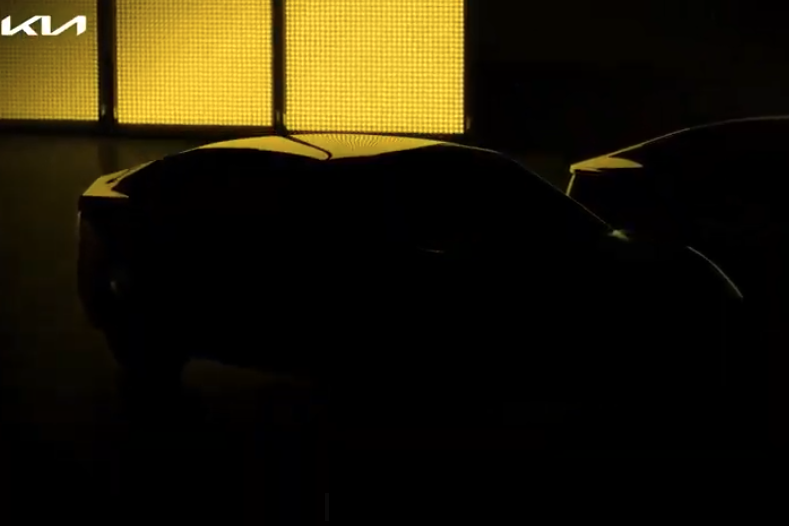
It has also teased a slinky sedan, à la the upcoming Ioniq 6, as well as a small coupe and a small hatchback.
They’re part of a range of seven all-new, all-electric Kia models set to launch before 2027.
Kia is aiming for 25 per cent of its sales volume to come from electrified vehicles by 2029.
By 2025, it hopes EVs to account for 20 per cent of its sales in “advanced markets” like Korea, North America and Europe and for it to hold a 6.6 per cent share of the overall global EV market.
It also wants to sell 500,000 electric cars annually by 2026.
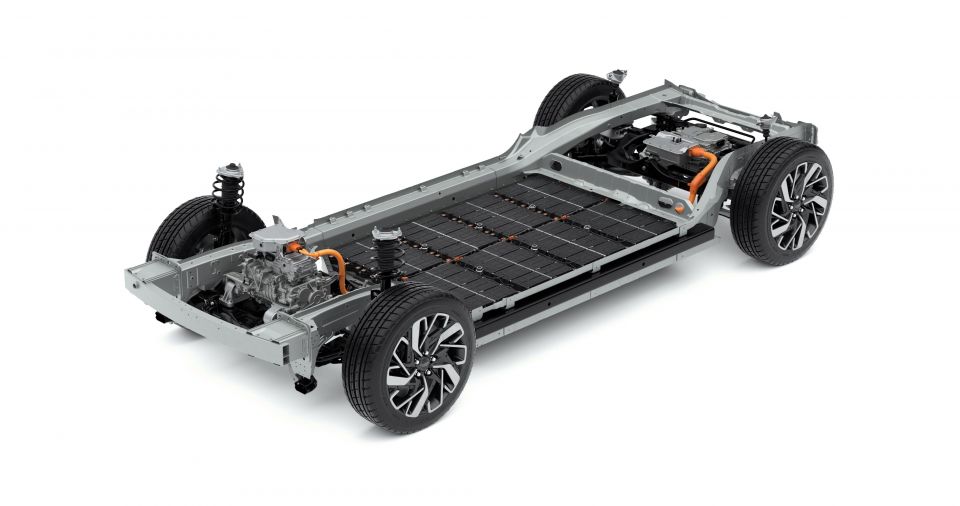
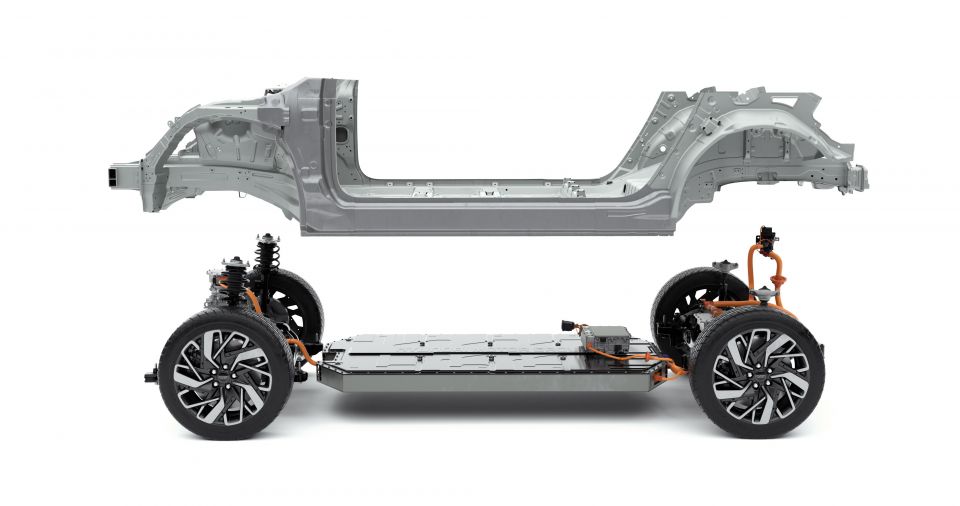
Many of Kia’s upcoming EVs will use the E-GMP architecture which, like the Porsche Taycan, makes use of an 800V architecture for ultra-rapid charging at up to 350kW.
That means an 80 per cent charge in just 18 minutes, or up to 100km of range in just five minutes connected to the right kind of charger.
The electric motor, transmission, and inverter are packed into a single module to save space and weight, with the battery mounted between the axles and backed by a dedicated cooling block structure.
Although it’s rear-wheel drive as standard, E-GMP models with dual-motor all-wheel drive will decouple the second motor to aid efficiency but activate it to provide more performance or superior traction.
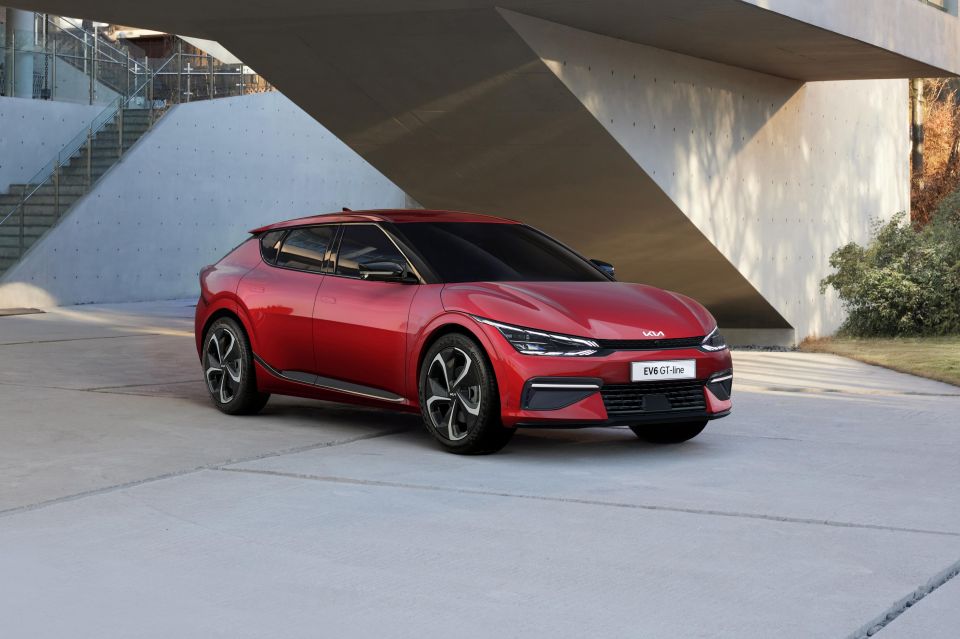

In the EV6, there’s a vehicle-to-load (V2L) function which Kia says can discharge up to 3.6kW of power from the battery, enough to operate a 55-inch TV and an air-conditioner simultaneously for more than 24 hours.
It can also be used to charge another EV.
The Hyundai Motor Group has said it’ll continue to offer EVs based off internal combustion engine platforms as more affordable options.
This currently includes the Kia Niro EV, Hyundai Ioniq Electric and Hyundai Kona Electric.
Where expert car reviews meet expert car buying – CarExpert gives you trusted advice, personalised service and real savings on your next new car.
William Stopford is an automotive journalist with a passion for mainstream cars, automotive history and overseas auto markets.


Ben Zachariah
12 Hours Ago


CarExpert.com.au
20 Hours Ago


Damion Smy
1 Day Ago


Damion Smy
2 Days Ago


Damion Smy
2 Days Ago


Damion Smy
2 Days Ago